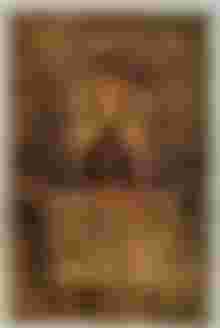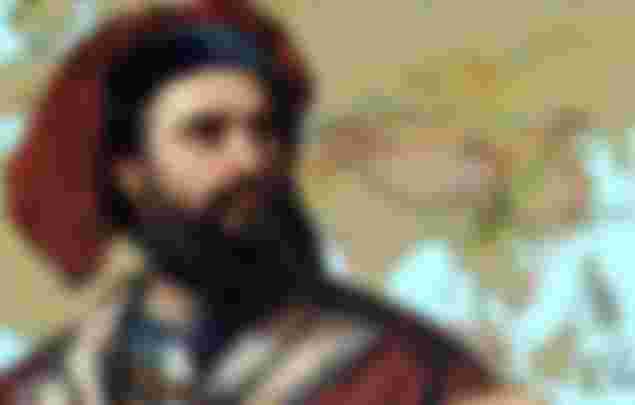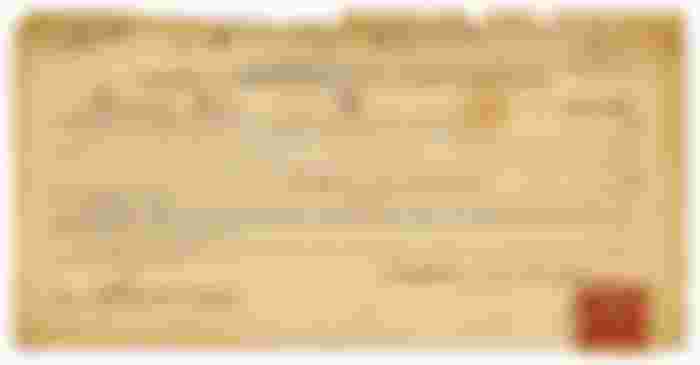Have you ever wondered why the money in your pocket or wallet is so important? It is a note on ordinary paper. Not gold or silver. Ordinary money. Not very special in terms of price. But even then it has survived in our economy. Today's discussion is about that topic. How did paper money survive in economics, leaving behind things like gold and silver coins?
During the Mesopotamian civilization of about 6000 BC. The exchange system was introduced by the Phoenicians, an ethnic group here. They introduced exchange system to sell the grain produced. The Babylonians later improved the system. They exchanged food, weapons, and equipment. Around 3000 BC, the Sumerians used the first coin to sell barley. Then, in 700 BC, coins made of silver and gold hybrids were introduced in Lydia. Lydia, the present-day western Turkey, was the first country in the Western world to introduce a well-organized and state-run monetary system.
The introduction of paper coins or notes began in China during the reign of Tang (618-907). Even 600 years ago, the Chinese learned to make paper from the bark of the mulberry tree. At first, the paper was heavy because it was made directly from tree bark. Later, they learned to make paper by cutting the soft part of the stem without using the bark of the tree. This made the paper lighter. Being light, the writing could be easily understood.

During the reign of Tang, the expansion of trade led to an increase in the volume of coins traded. Coins, such as gold and silver, were expensive, and traveling by sea was a risky business. So in exchange for coins they began to accept paper pledges of equal value. Let's say the matter a little more openly. Suppose you have 50 ounces of gold. You deposited 50 ounces of gold in the bank (in the state treasury or in the royal court at that time) and wrote on a piece of paper that you would get back 50 ounces of gold through this paper as soon as you asked for it. That means the price of that paper is equal to 50 ounces of gold. In this, your gold coins remained in the custody of the state, and you also remained safe.
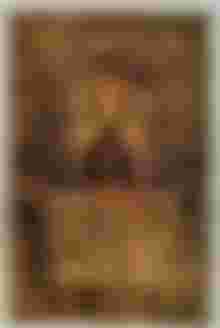
This idea was like a revolution in those days. Towards the end of the Tang Dynasty, merchants began to deposit all their gold and silver coins in the state treasury in groups. The notes they received were called hekan (money). And this money was called Fe-Thesis. In the current banking system that Fiat Money. This time it is the turn of control. The Ministry of Finance was created during Ming's reign to ensure smooth execution of all state accounts. The Ministry of Finance came up with a new note system. In other words, like today's 1, 2, 5, 10, 20, 50, 100, 500, 1000 etc. notes, different note system was introduced in China at that time. There were 6 types of notes then. 100, 200, 300, 400, 500 ounce and 1 coin equivalent notes. 1 quintal was equal to 1000 copper coins or 1 liang of silver. 4 quintals equals 1 liang of gold.
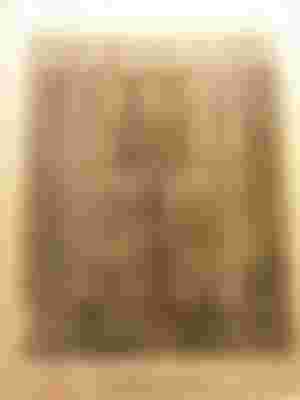
Even then, paper notes were unknown to Europe. They have not yet approached the edge of this system. Whether the price of gold is equal to the price of paper! Will anyone else believe this except crazy?
Marco Polo, a merchant and tourist from Venice, came to China by boat. Then the reign of the Mongol ruler Kublai Khan was going on. Marco Polo is surprised to come to this strange state of paper money. Let us know that feeling from his description.
Khanbali was then ruled by the Mongol emperor Kublai Khan. (Khanbalik means today's Beijing. It was the center of the Mongol Empire. The historical site was also the capital of the Khanbalik, Ian Empire.) Paper money exchange is common here. This paper money is very easy to prepare. The soft and moist wood of the mulberry tree is the main raw material of paper money. This soft wood is found in the middle of the bark of the tree. This wood is then mixed with glue and pressed hard. Busy! The paper was made. This paper looks a lot like cotton paper. But black. These papers are prepared with the utmost care and attention, it looks as if gold or silver coins are being prepared, not paper. The papers prepared for the note are then handed over to the concerned officer. When the owner's name and the value of the note and other written work were completed, it went to Emperor Kublai Khan. The emperor then sealed the note in his own hand and placed the symbol bearing his kingdom on top of the note. This time the note was accepted by all. These notes made it possible to make any kind of transaction anywhere in the empire. Apart from this, no one would even think of any transaction.

Where scientists and chemists have been thinking for hundreds of years about making gold from ordinary metals, one emperor has turned ordinary paper into money! Marco Polo returned home. Spread his travel experience. But that is along with history! No one believed Marco Polo. Instead, they called him crazy. As a result, the West went back another 600 years. Even though notes were printed as needed in China at that time, those notes were never returned. As a result, severe inflation spread across China. In 1380, 1 quintal was equal to 1000 copper coins. In 1535 it stood at 0.28 copper coins.
The first paper note was first proposed in 1690 in the Massachusetts Bay Colony in the United States. The first dollar was printed in 1760 and was widely accepted. Another important reason for the introduction of paper notes in Europe is the colonial government of North America.
There were very good trade relations between Europe and North America. Suppose you are going to North America from Europe to buy raw materials. You are also carrying a certain amount of money for shopping. He went and saw that it would take more than 100 gold coins to buy raw materials. But if you want to go back to Europe, you will not be able to bring in the currency. Way now?
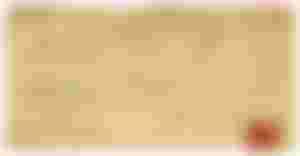
The colonial government of North America then introduced a monetary system called the IOU. Promises were given through this. This means that you can now go to the country with the raw material but you have to pay the remaining amount within the date given in the pledge. It's a lot like 'I'm indebted to you'. ‘I owe you’ in English. In common parlance, 'I am committed to your debt'. That is why even today in almost every bank note in the world it is written - 'You will be obliged to give it to the bearer only on demand'.
The European government also had to introduce this monetary system. As a result of such a currency system, the French soldiers of the war of 1685 benefited the most. They wrote a promise from the government on a card. As a result, they no longer have to use currency directly.

Meanwhile, the British were the first to introduce paper notes in the Indian subcontinent. Although the first monetary law was passed in 1861, the Reserve Bank of India was established in 1935. Bangladeshi taka was introduced in Bangladesh on 1 January 1972. Earlier, Bangladeshis used the rupee when they were under the Indian subcontinent and Pakistan. Banknotes are now prepared at the Mint (The Security Printing Press) at Gazipur. In addition to bank notes, important state documents, bank check books, university certificates and other important documents are printed in the mint with utmost security. Although raw materials have to be imported from abroad. As a result, a lot of money is spent on each note. How money is prepared and old money is wasted will be discussed in detail in a later article. Now let us know the amount of their production cost in notes.
1 taka coin - 95 paisa cost
2 taka coin - 1 taka 20 paisa cost
5 taka coin - 1 taka 95 paisa cost
2 taka note - 1 taka 50 paisa cost
5 taka note - 2 taka cost
10 taka note - 2 taka 20 paisa cost
20 taka note - 2 taka 50 paisa cost
50 taka note - 2 taka 50 paisa cost
100 taka note - 4 taka 50 paise cost
500 taka note - 8 taka 50 paise cost
1000 taka note - 6 taka cost
Little by little, paper notes survived the run of the economy with gold and silver coins. Money may be lost in the near future. Any new medium may come. One such medium is cryptocurrency. This medium is traded through Bitcoin.
Thanks for reading this article for so long.
If you like it Upvote Can give.

